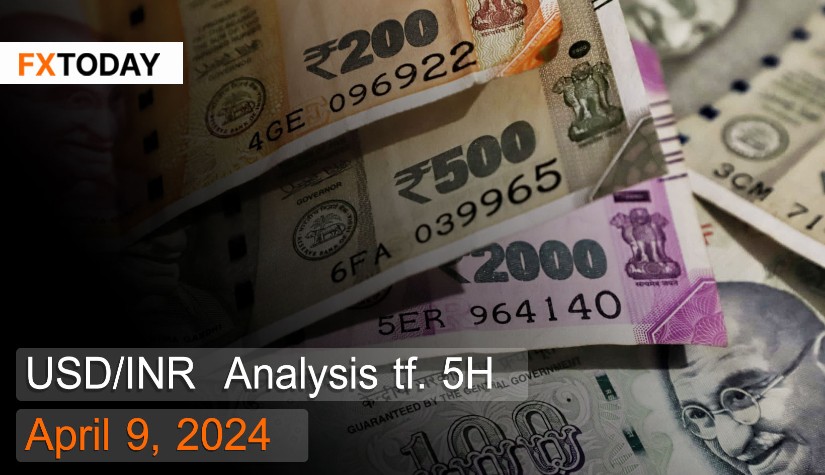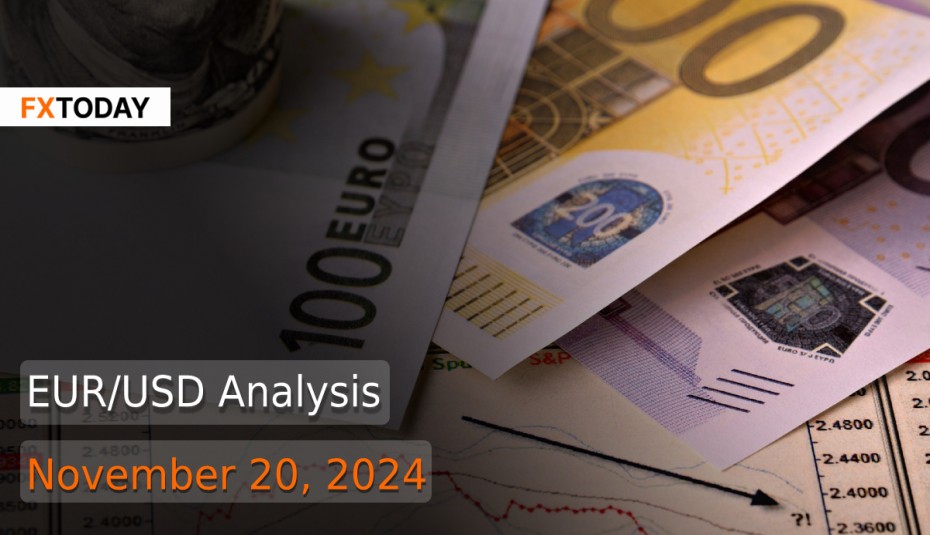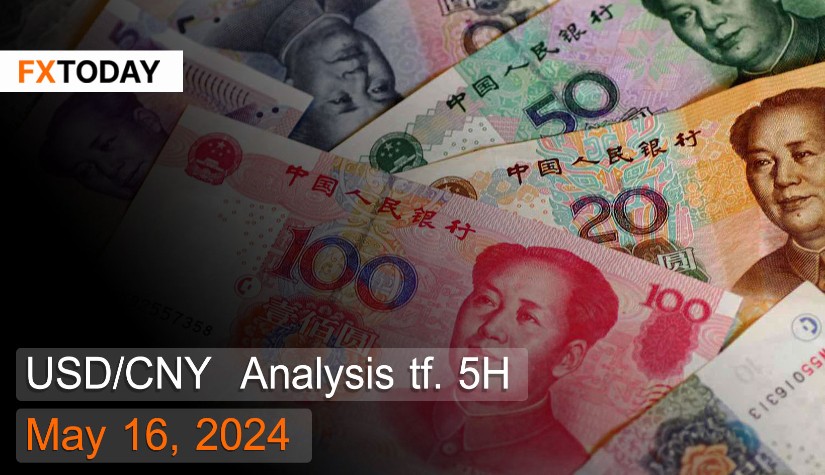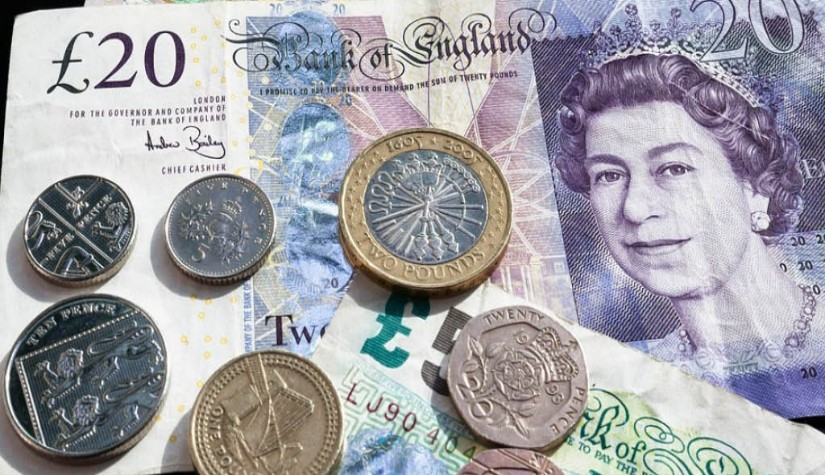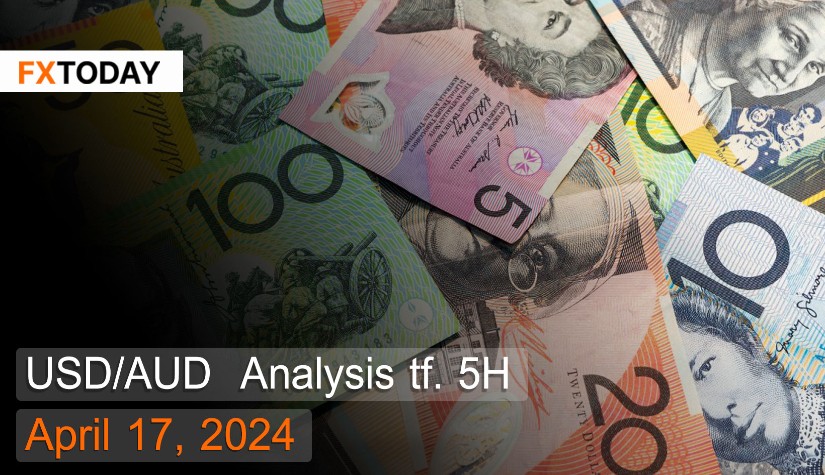The Indian economy continues to grow well.
The Indian rupee strengthened over the past week as the US dollar weakened slightly, with investors and analysts expecting intervention due to increased inflationary risks from food prices. Despite inflation remaining at 5.09%, it still falls within RBI's target range of 2-6%. However, increased inflationary risks from food prices continue to be a significant factor driving short-term currency inflation.
The Reserve Bank of India (RBI) has kept its policy interest rate at 6.5% in its latest meeting, in line with market expectations. Despite inflation remaining at 5.09%, it still falls within RBI's target range of 2-6%. RBI Governor Shaktikanta Das has expressed commitment to reduce inflation to 4%. However, volatility in weather and the global economy may continue to influence inflation trends.
RBI forecasts economic growth for 2025 at 7%, with projections at 7.1% for Q1, 6.9% for Q2, and 7% for both Q3 and Q4. Inflation forecasts stand at 4.9% for Q1, 3.8% for Q2, 4.6% for Q3, and 4.5% for Q4. Additionally, RBI has maintained the fixed deposit interest rate at 6.75%.
The Services PMI rose to 61.2 in March, marking the 32nd consecutive month of expansion in the services sector, the fastest pace since 2010. Rapid growth in business activity has led to increased export orders and rapid job hiring, while raw material inflation remains higher than long-term averages due to labor and raw material costs.
Manufacturing PMI decreased to 59.1 in March, but manufacturing activity still shows strong expansion due to new orders and increased production capacity. Raw material price inflation remains at a five-month high due to higher raw material costs. Additionally, increased foreign demand has contributed to higher employment. However, business confidence continues to decline due to concerns about persistently high inflation, albeit within RBI's target range.
India's 10-year bond yield rose above 7.15%, driven by pressure from the US Treasury amid expectations of continued tight monetary policy. RBI has highlighted increased inflation risks due to uncertain weather conditions, leading to reduced agricultural output quality and quantity, potentially exacerbating supply chain concerns.
Techical analysis data (5H)
Resistance: 83.242, 83.268, 83.29
Source: Investing.com
Buy/Long 1: If the price touches support in the price range of 83.17 - 83.193 but cannot break the support at 83.193, you may set a TP at approximately 83.268and SL at around 83.145 or according to your acceptable risk.
Buy/Long 2: If the price breaks the resistance in the price range of 83.242 - 83.268, you may set a TP at approximately 83.29 and SL at around 83.17 or according to your acceptable risk.
Sell/Short 1: If the price touches resistance in the price range of 83.242 - 83.268 but cannot break the resistance at 83.242, you may set a TP at approximately 83.17 and SL at around 83.29 or according to your acceptable risk.
Sell/Short 2: If the price breaks the support in the price range of 83.17 - 83.193, you may set a TP at approximately 83.145 and SL at around 83.268 or according to your acceptable risk.
Pivot point April 9, 2024 07:47 PM. GMT+7
|
Name
|
S3
|
S2
|
S1
|
Pivot Points
|
R1
|
R2
|
R3
|
| Classic | 83.145 | 83.17 | 83.193 | 83.219 | 83.242 | 83.268 | 83.29 |
| Fibonacci | 83.17 | 83.189 | 83.2 | 83.219 | 83.238 | 83.249 | 83.268 |
| Camarilla | 83.204 | 83.208 | 83.213 | 83.219 | 83.222 | 83.226 | 83.231 |
| Woodie's | 83.145 | 83.17 | 83.193 | 83.219 | 83.242 | 83.268 | 83.29 |
| DeMark's | - | - | 83.207 | 83.226 | 83.255 | - | - |

